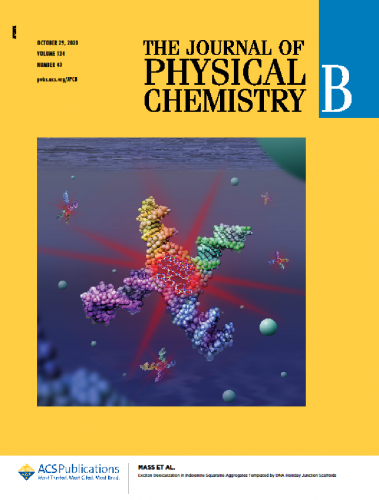Welcome
qDNA NEWS

The Quantum DNA (qDNA) research group pioneers the use of deoxyribonucleic acid (DNA)—the building block of life on our planet—as a programmable, self-assembling architecture to organize dye molecules for quantum information systems (QIS).
In particular, the qDNA group has shown DNA self-assembly to be a viable platform for arranging and controlling the organization of dye aggregates to enable exciton delocalization. Exciton delocalization is a mechanism of energy transfer between dyes, in which an exciton is a bound electron-electron hole pair created when a dye is excited by a photon of light.
Delocalization indicates that the exciton is not limited to one location and can move between dyes. Exciton delocalization and its electronic coherence between dyes and aggregates of dyes are mediated by several key parameters. We postulate, and have shown theoretically, that certain combinations of these parameters give rise to optically- accessible, entangled many-exciton states that can be tuned by tailoring the dye aggregate structure.
Successful experimental demonstration of the preceding can result in defining design rules for a pathway to create, measure, and control quantum entanglement, a fundamental challenge in QIS. One of the long-term goals of the qDNA group is to achieve room- temperature, molecular-excitonic quantum computing based on the rational design—that is using physical models to predict how a molecules structure will affect its behavior—of excitonic quantum gates.
Most other quantum computing approaches may be more mature than this approach; however, they require extreme environments (e.g., extremely low temperatures, dry environments, external fields), and top-down approaches to fabricate constructs.